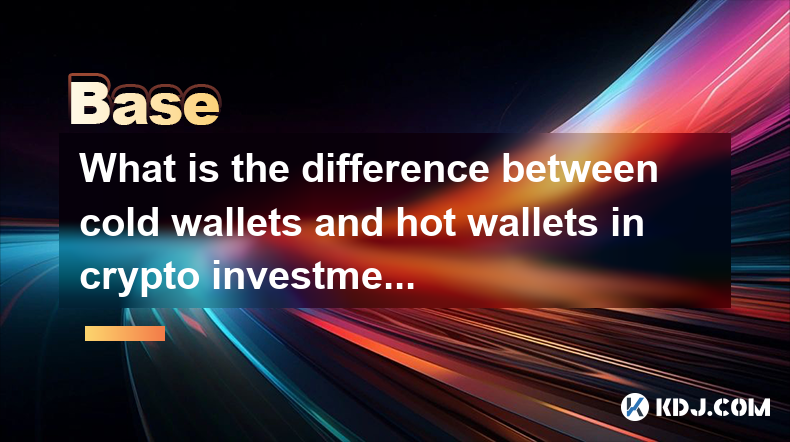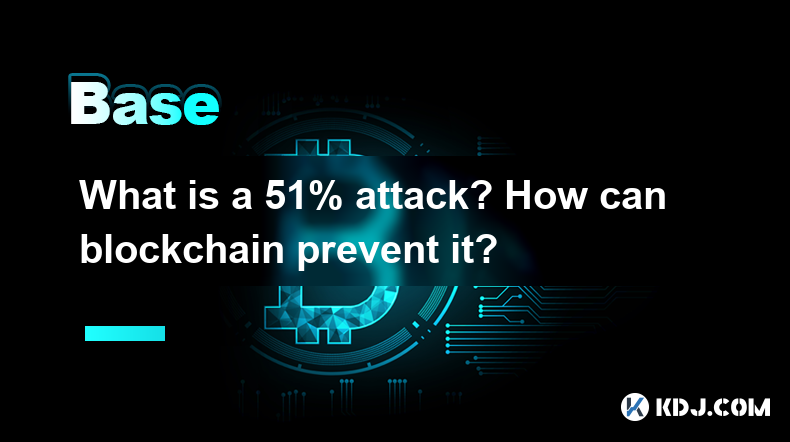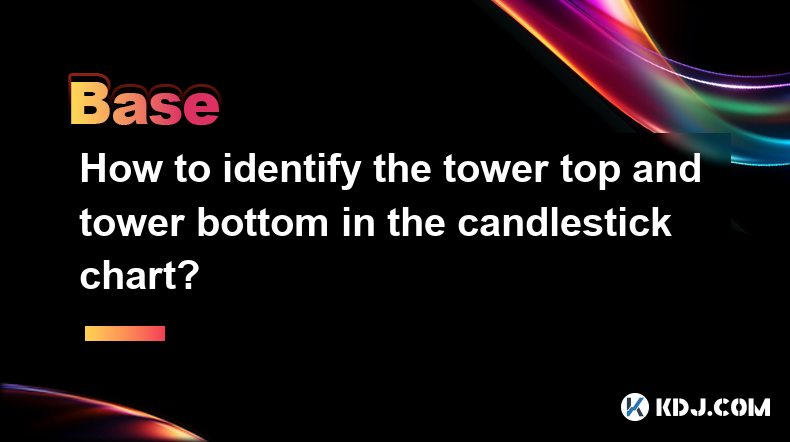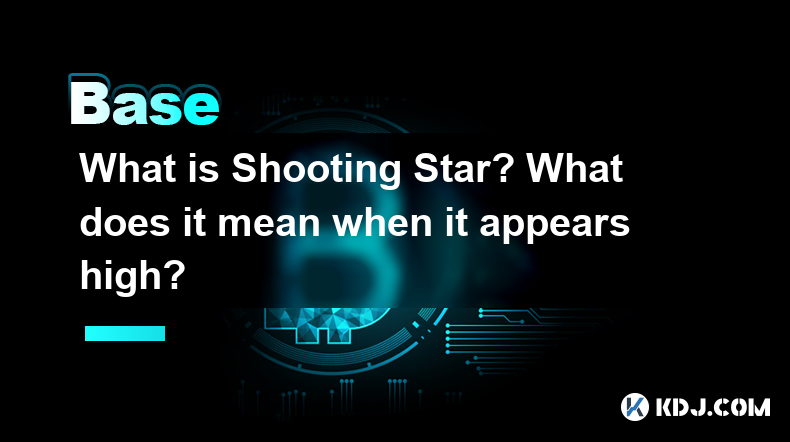-
 Bitcoin
Bitcoin $82,770.9885
-0.53% -
 Ethereum
Ethereum $1,811.0838
-0.62% -
 Tether USDt
Tether USDt $0.9996
-0.01% -
 XRP
XRP $2.0610
1.56% -
 BNB
BNB $591.5998
-0.12% -
 USDC
USDC $0.9999
0.00% -
 Solana
Solana $116.7637
-3.59% -
 Dogecoin
Dogecoin $0.1606
-2.58% -
 Cardano
Cardano $0.6491
0.00% -
 TRON
TRON $0.2375
1.32% -
 Toncoin
Toncoin $3.6204
-7.56% -
 UNUS SED LEO
UNUS SED LEO $9.4063
0.23% -
 Chainlink
Chainlink $12.8000
-2.19% -
 Stellar
Stellar $0.2605
1.01% -
 Avalanche
Avalanche $18.1124
-1.26% -
 Sui
Sui $2.2384
-2.51% -
 Shiba Inu
Shiba Inu $0.0...01223
0.65% -
 Hedera
Hedera $0.1627
0.30% -
 Polkadot
Polkadot $4.0538
1.44% -
 Litecoin
Litecoin $82.9722
0.02% -
 MANTRA
MANTRA $6.4051
3.36% -
 Bitcoin Cash
Bitcoin Cash $301.6530
1.88% -
 Bitget Token
Bitget Token $4.4826
-1.05% -
 Dai
Dai $1.0000
0.02% -
 Ethena USDe
Ethena USDe $0.9995
-0.02% -
 Monero
Monero $212.5474
-1.93% -
 Hyperliquid
Hyperliquid $11.6624
-5.49% -
 Pi
Pi $0.5680
-13.45% -
 Uniswap
Uniswap $5.8333
-1.59% -
 Aptos
Aptos $5.0533
-1.32%
What is the difference between cold wallets and hot wallets in crypto investment?
Cold wallets offer high security for long-term crypto storage by staying offline, while hot wallets provide easy access but are vulnerable to hacks due to internet connectivity.
Apr 02, 2025 at 11:28 am

Understanding Cold Wallets vs. Hot Wallets
The core difference between cold and hot wallets lies in their connection to the internet. This seemingly simple distinction has profound implications for the security of your cryptocurrency holdings. Hot wallets are connected to the internet, offering convenience but increased vulnerability to hacking and malware. Cold wallets, conversely, are offline devices, prioritizing security over ease of access.
Hot Wallets: Accessibility and Risk
Hot wallets, often software-based, provide easy access to your cryptocurrencies. They're integrated into exchanges, mobile apps, or desktop software. This accessibility makes them ideal for frequent trading and transactions. However, this constant internet connection exposes them to various cyber threats, including phishing attacks, malware infections, and exchange hacks. The convenience comes at the cost of increased risk.
- Exchange Wallets: Provided by cryptocurrency exchanges, these are convenient for trading but carry the risk of exchange vulnerabilities.
- Software Wallets: These are downloaded applications on your computer or mobile device, offering more control than exchange wallets but still susceptible to malware.
- Web Wallets: Accessed through a web browser, these are convenient but potentially vulnerable to browser exploits and phishing.
The ease of use and speed of transactions often outweigh the security concerns for many users, particularly those who regularly trade cryptocurrencies. However, it's crucial to understand the inherent risks involved. Using strong passwords and two-factor authentication (2FA) is essential to mitigate these risks, but it doesn't eliminate them entirely.
Cold Wallets: Security and Inconvenience
Cold wallets, also known as offline wallets, are designed to maximize security by minimizing their internet exposure. They store your private keys offline, making them significantly more resistant to hacking attempts. This added security comes at the cost of convenience; accessing your funds requires actively connecting the device to the internet.
- Hardware Wallets: These are physical devices resembling USB drives that store your private keys securely. They offer the highest level of security among cold wallets.
- Paper Wallets: These involve printing your public and private keys on paper. While simple, they are vulnerable to physical damage or theft.
Cold wallets are the preferred choice for long-term storage of cryptocurrency, particularly larger amounts. The extra effort required to access your funds is considered a worthwhile trade-off for the enhanced security they provide. However, even cold wallets require careful handling and storage to prevent loss or theft.
Comparing Security Features
The security of each wallet type depends on various factors, including the strength of passwords, implementation of 2FA, and the user's security practices. Hot wallets, inherently connected to the internet, are more susceptible to various attacks. Cold wallets, being offline, offer a significantly higher level of protection against online threats.
However, cold wallets are not entirely impervious to risks. Physical loss or theft of a hardware wallet, or damage to a paper wallet, could result in irreversible loss of funds. Therefore, careful management and backup strategies are crucial for both hot and cold wallets. Regular software updates for hot wallets and secure storage for cold wallets are essential for maintaining security.
Choosing the Right Wallet: A Balancing Act
The decision of whether to use a hot or cold wallet depends on individual needs and risk tolerance. Frequent traders might prefer the convenience of hot wallets, accepting the higher risk involved. Those prioritizing security and storing large amounts of cryptocurrency for the long term would likely opt for cold wallets, despite the inconvenience.
Many users employ a hybrid approach, using a hot wallet for daily transactions and a cold wallet for long-term storage. This strategy balances accessibility with security, allowing for both convenient access to funds and robust protection against loss. Understanding the trade-offs between convenience and security is paramount when choosing a cryptocurrency wallet.
Frequently Asked Questions
Q: Are hardware wallets completely secure?
A: While hardware wallets offer a high level of security, they are not invulnerable. They can be lost, stolen, or physically damaged, resulting in loss of access to funds. It's crucial to protect them carefully.
Q: Can I recover my cryptocurrency if I lose my cold wallet?
A: The recovery process depends on the type of cold wallet and whether you have a backup of your seed phrase or private keys. For hardware wallets, recovery is usually possible if you have access to the recovery seed phrase. For paper wallets, recovery relies on having securely stored copies of the keys. Without a backup, recovery is often impossible.
Q: What are the risks associated with hot wallets?
A: Hot wallets are vulnerable to various online threats, including phishing attacks, malware, and exchange hacks. They are also susceptible to unauthorized access if security measures like strong passwords and 2FA are not implemented.
Q: Which type of wallet is best for beginners?
A: For beginners, a reputable software wallet or a hardware wallet with user-friendly features might be a good starting point. It's essential to prioritize learning about security best practices before managing any significant amount of cryptocurrency.
Q: How do I choose a secure hot wallet?
A: Choose a well-established and reputable exchange or software provider with a strong security track record. Look for features like two-factor authentication (2FA), multi-signature wallets, and regular security updates. Always be cautious of phishing scams and malware.
Q: How often should I back up my cold wallet?
A: Back up your cold wallet seed phrase immediately after setting it up, and store the backup in multiple secure locations. Regularly verify the integrity of your backups to ensure they remain accessible.
Disclaimer:info@kdj.com
The information provided is not trading advice. kdj.com does not assume any responsibility for any investments made based on the information provided in this article. Cryptocurrencies are highly volatile and it is highly recommended that you invest with caution after thorough research!
If you believe that the content used on this website infringes your copyright, please contact us immediately (info@kdj.com) and we will delete it promptly.
- How XRPL Utility Can Support Token Price Growth
- 2025-04-04 05:35:12
- Long-dormant Bitcoin wallets have suddenly sprung to life
- 2025-04-04 05:35:12
- ExoraPad ($EXP), an innovative AI-powered launchpad exclusively developed for the XRP Ledger (XRPL), has reached an impressive milestone
- 2025-04-04 05:30:12
- XRP Price Surge Could Enable Early Retirement for Numerous Investors
- 2025-04-04 05:30:12
- XRP Price Prediction: Will XRP Bounce From This Support Or Continue Its Descent?
- 2025-04-04 05:25:12
- As US Treasury yields hit 6-month lows, Bitcoin (BTC) price may be poised for a breakout
- 2025-04-04 05:25:12
Related knowledge

Why is the oracle called the bridge between blockchain and the real world?
Apr 04,2025 at 04:00am
The concept of an oracle in the cryptocurrency and blockchain world is crucial for understanding how these decentralized systems interact with external data. The oracle is often referred to as the bridge between blockchain and the real world because it serves as a vital intermediary that fetches, verifies, and transmits off-chain data to the on-chain en...

What is a 51% attack? How can blockchain prevent it?
Apr 04,2025 at 02:08am
A 51% attack is a significant threat to the security and integrity of a blockchain network. In this type of attack, a single entity or group gains control of more than half of the network's mining power or hash rate. This control allows the attacker to manipulate the blockchain by double-spending coins, preventing the confirmation of new transactions, o...

Why can the inverted hammer shape appear at the bottom be used as a reversal signal?
Apr 03,2025 at 04:07pm
Inverted Hammer is a common K-line pattern in technical analysis, and is often regarded as a potential reversal signal when it appears at the bottom. This article will explore in detail why an inverted hammer line may be a reversal signal when it appears at the bottom, and provide specific identification and application methods. Basic characteristics of...

How to identify the tower top and tower bottom in the candlestick chart?
Apr 03,2025 at 04:03pm
In K-line chart analysis, 'Tower Top' and 'Tower Bottom' are two important reversal patterns and are usually used to predict changes in price trends. Identifying these patterns requires careful observation of the price trend and the pattern characteristics of the K-line. Below we will introduce in detail how to identify the 'tower to...

What is Shooting Star? What does it mean when it appears high?
Apr 03,2025 at 03:56pm
In cryptocurrency trading, technical analysis is an important tool to help traders predict future trends of the market. Among them, Shooting Star is a common bearish reversal pattern. This article will give you more details on what 'Shooting Star' is and what it means when it appears at a high level. The definition of 'Shooting Star'Shoo...

What is the difference between dark cloud cover and piercing shape?
Apr 03,2025 at 03:50pm
In the world of cryptocurrency trading, technical analysis is one of the important tools traders use to predict market trends and make trading decisions. Among them, 'Dark Cloud Cover' and 'Piercing Pattern' are two common reversal patterns, which have specific appearance and meaning on the K-line chart. Although they seem similar, there...

Why is the oracle called the bridge between blockchain and the real world?
Apr 04,2025 at 04:00am
The concept of an oracle in the cryptocurrency and blockchain world is crucial for understanding how these decentralized systems interact with external data. The oracle is often referred to as the bridge between blockchain and the real world because it serves as a vital intermediary that fetches, verifies, and transmits off-chain data to the on-chain en...

What is a 51% attack? How can blockchain prevent it?
Apr 04,2025 at 02:08am
A 51% attack is a significant threat to the security and integrity of a blockchain network. In this type of attack, a single entity or group gains control of more than half of the network's mining power or hash rate. This control allows the attacker to manipulate the blockchain by double-spending coins, preventing the confirmation of new transactions, o...

Why can the inverted hammer shape appear at the bottom be used as a reversal signal?
Apr 03,2025 at 04:07pm
Inverted Hammer is a common K-line pattern in technical analysis, and is often regarded as a potential reversal signal when it appears at the bottom. This article will explore in detail why an inverted hammer line may be a reversal signal when it appears at the bottom, and provide specific identification and application methods. Basic characteristics of...

How to identify the tower top and tower bottom in the candlestick chart?
Apr 03,2025 at 04:03pm
In K-line chart analysis, 'Tower Top' and 'Tower Bottom' are two important reversal patterns and are usually used to predict changes in price trends. Identifying these patterns requires careful observation of the price trend and the pattern characteristics of the K-line. Below we will introduce in detail how to identify the 'tower to...

What is Shooting Star? What does it mean when it appears high?
Apr 03,2025 at 03:56pm
In cryptocurrency trading, technical analysis is an important tool to help traders predict future trends of the market. Among them, Shooting Star is a common bearish reversal pattern. This article will give you more details on what 'Shooting Star' is and what it means when it appears at a high level. The definition of 'Shooting Star'Shoo...

What is the difference between dark cloud cover and piercing shape?
Apr 03,2025 at 03:50pm
In the world of cryptocurrency trading, technical analysis is one of the important tools traders use to predict market trends and make trading decisions. Among them, 'Dark Cloud Cover' and 'Piercing Pattern' are two common reversal patterns, which have specific appearance and meaning on the K-line chart. Although they seem similar, there...
See all articles






















































































